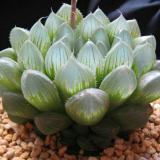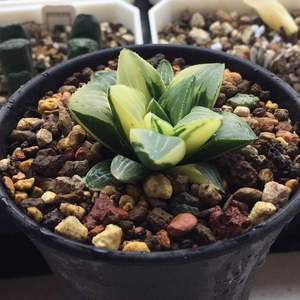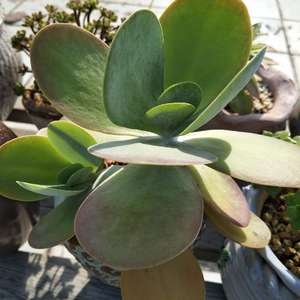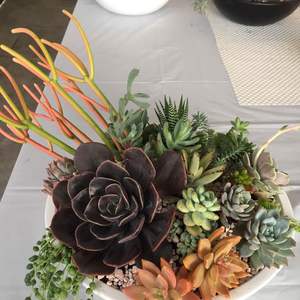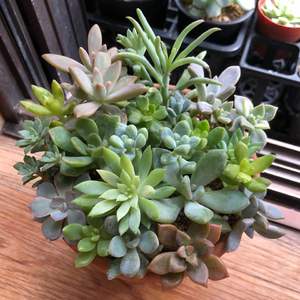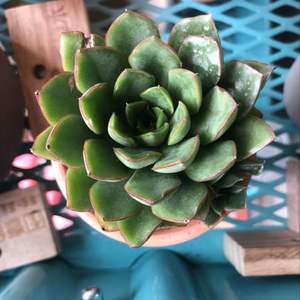文章
权问薇
2018年09月10日


洗衣液瓶制作花盆,原来这么漂亮!

洗衣液瓶做雕刻花盆!
1、先准备需要的材料:蓝色洗衣液瓶子一个、刻刀、电钻之类的工具都需要。
2、用笔画出兰花的双面草图,再用剪刀剪出花朵的轮廓。
3、将剪好的兰花图案紧贴着洗衣液瓶子,用剪刀沿着轮廓,在洗衣液瓶子上剪出花朵的形状。这样洗衣液瓶子上的基本轮廓就出来了。
4、再用剪刀、刻刀等做局部的修饰。注意一定要小心手,千万别伤到。
5、用笔画出玉兰花的花瓣,然后用剪刀剪出来,用锥子或电钻,在花瓣的中心位置钻孔。
6、在洗衣液瓶子上钻出小孔,将做好的花瓣用热熔胶和洗衣液瓶子粘合在一起即可。
7、这样一个漂亮的花盆就做好啦!

洗衣液瓶做简易花盆
如果上边的花盆大家觉得实在是太麻烦,那不妨学习一下如何做一个简易的洗衣液花盆吧!
1、先将洗衣液瓶子刷干净,将瓶子上的标签用毛刷全都刷掉。
2、准备做花盆需要的工具。剪刀、马克笔、电烙铁等。
3、用记号笔在洗衣液瓶子两侧画出你想要剪出来的图案,想要做什么形状的花盆,就画什么形状的图案即可。
4、沿着画出来的线条,用剪刀和美工刀切割,注意在切割的时候,千万不要割到自己的手。
5、用电烙铁在盆底烫几个孔,这样养花才能透水透气,接下来再用笔画上眼睛嘴巴就行啦!
6、在花盆里放上疏松透气的土壤,然后将花直接种进去就行啦!

0
1
成长记
choya8684
2018年09月09日

8/15 士童有部份發橘塌陷且範圍慢慢擴大,於是把橘色部分切掉,待傷口乾種回,終於救回來
9/2 收獲種子9顆
9/8 與蘆薈、紫龍角、仙人掌和蕾絲公主小苗併盆
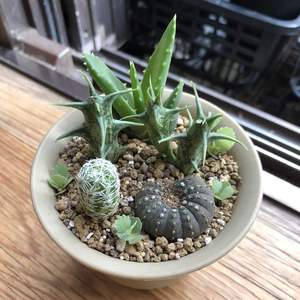
9/2 收獲種子9顆
9/8 與蘆薈、紫龍角、仙人掌和蕾絲公主小苗併盆

0
0
文章
Miss Chen
2018年09月06日

With their 2- to 5-feet-tall spikes and their bell-shaped, 2- to 3-inch flowers that have spotted throats and range in color from yellow and white to pink or purple, common foxgloves (Digitalis purpurea) are easily identifiable in the garden. These European natives are deer- and rabbit-resistant and attract hummingbirds. Hardy in U.S. Department of Agriculture plant hardiness zones 4 through 8, foxgloves prefer well-drained soil in a sunny to partially shady area of the garden. With proper care, they grow oblong, light-green foliage in their first year and bloom the next year.
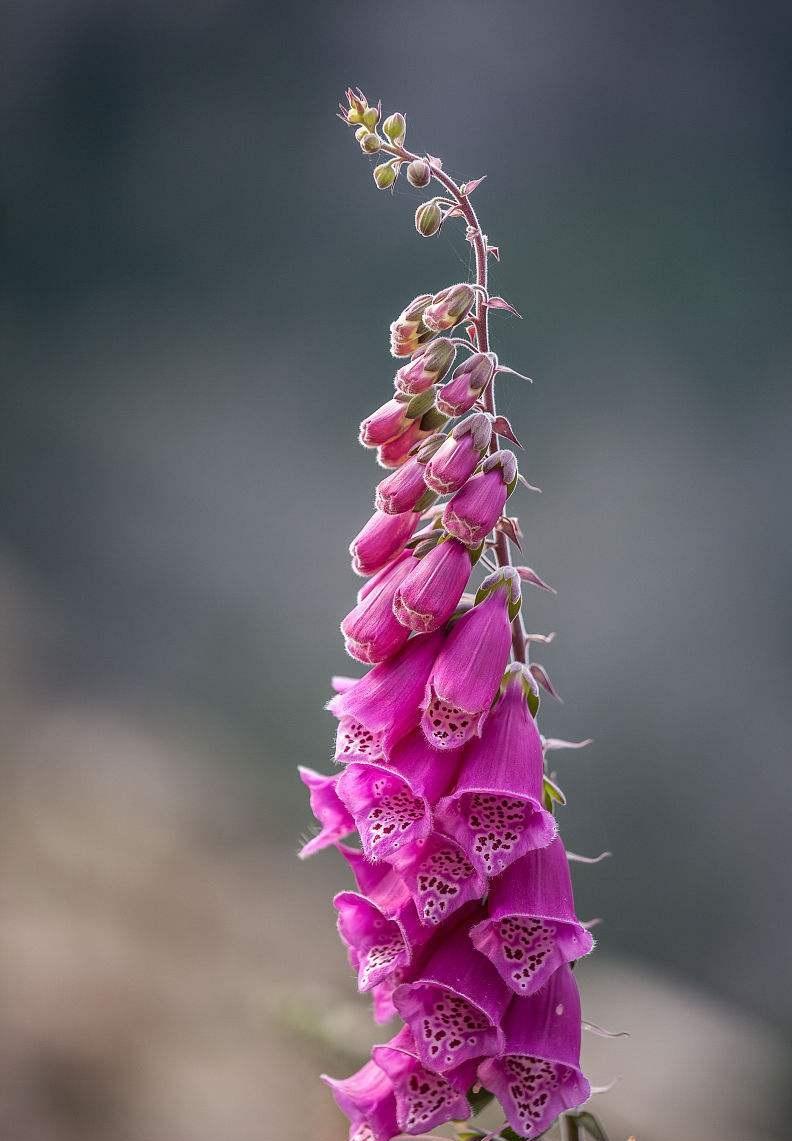
Step 1
Water foxgloves immediately after planting them, thoroughly soaking the soil around the plants. Keep the soil somewhat wet initially, watering about three times during the first week. Provide 1 inch of water each week afterward, maintaining consistently moist, but not wet, soil and adjusting your watering frequency after rainfall. Water foxgloves in early morning, and avoid getting their leaves wet to prevent diseases.
Step 2
Dig a 1-inch-deep trench in a 3-inch diameter around each foxglove plant. Sprinkle one handful of 5-10-5 granular fertilizer in each trench. Fill the trenches with soil, and water the soil. Do this in early spring and again six and 12 weeks afterward. Alternatively, apply a 1- to 2-inch-thick layer of compost around the foxgloves each spring to provide nutrients.
Step 3
Spread a 2-inch-thick layer of organic mulch, such as shredded leaves or bark chips, on the soil around the foxgloves. Keep the mulch about 1 to 2 inches away from the plants. Mulch promotes soil moisture retention and keeps weeds at bay.
Step 4
Treat and prevent powdery mildew outbreaks by properly spacing plants to allow proper air circulation, water from below and not overhead, clean up leaf debris below foxgloves and prune off affected foliage. Spray severe infections with ready-to-use Neem oil or horticultural oil, saturating the plant's foliage and repeating weekly or as needed. Do not use oil-based products when temperatures are above 90 degrees Fahrenheit or the plant is stressed from drought.

Step 5
Remove slugs or snails from the foxglove's foliage in the early morning when the pests are most active. Wear gloves and pick the pest from the plant, placing them in a small bowl of soapy water. Prune off any foliage damaged by the snails or slugs.
Step 6
Pinch off the foxgloves' wilted or faded flowers. Doing so keeps the plants looking neat and prevents them from spending energy on making seeds. Alternatively, wait until two-thirds of the flowers have faded, and then use pruning shears to cut back each entire stalk at the point where its base meets the bottom leaves.

Step 1
Water foxgloves immediately after planting them, thoroughly soaking the soil around the plants. Keep the soil somewhat wet initially, watering about three times during the first week. Provide 1 inch of water each week afterward, maintaining consistently moist, but not wet, soil and adjusting your watering frequency after rainfall. Water foxgloves in early morning, and avoid getting their leaves wet to prevent diseases.
Step 2
Dig a 1-inch-deep trench in a 3-inch diameter around each foxglove plant. Sprinkle one handful of 5-10-5 granular fertilizer in each trench. Fill the trenches with soil, and water the soil. Do this in early spring and again six and 12 weeks afterward. Alternatively, apply a 1- to 2-inch-thick layer of compost around the foxgloves each spring to provide nutrients.
Step 3
Spread a 2-inch-thick layer of organic mulch, such as shredded leaves or bark chips, on the soil around the foxgloves. Keep the mulch about 1 to 2 inches away from the plants. Mulch promotes soil moisture retention and keeps weeds at bay.
Step 4
Treat and prevent powdery mildew outbreaks by properly spacing plants to allow proper air circulation, water from below and not overhead, clean up leaf debris below foxgloves and prune off affected foliage. Spray severe infections with ready-to-use Neem oil or horticultural oil, saturating the plant's foliage and repeating weekly or as needed. Do not use oil-based products when temperatures are above 90 degrees Fahrenheit or the plant is stressed from drought.

Step 5
Remove slugs or snails from the foxglove's foliage in the early morning when the pests are most active. Wear gloves and pick the pest from the plant, placing them in a small bowl of soapy water. Prune off any foliage damaged by the snails or slugs.
Step 6
Pinch off the foxgloves' wilted or faded flowers. Doing so keeps the plants looking neat and prevents them from spending energy on making seeds. Alternatively, wait until two-thirds of the flowers have faded, and then use pruning shears to cut back each entire stalk at the point where its base meets the bottom leaves.
0
0
文章
权问薇
2018年09月06日

为什么要修根?
1、减少病虫害感染
花养过一段时间,根系或多或少有问题,有腐根、有烂根、有枯根、老根,修剪后,能大大降低植株感染病虫害的几率。
2、老根不去,新根不出
老根生长缓慢、徒耗养分;吸收水分的毛细根干枯后也会抑制新根的生长,所以必须修根,修根后造成的伤口还会刺激植株,加快生根速度。
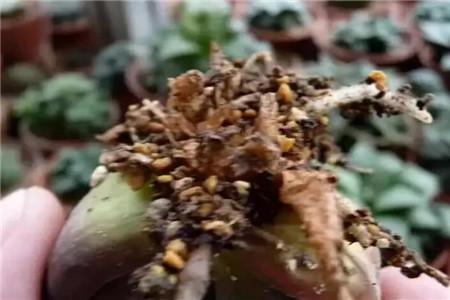
哪些情况下需要修根?
1、网购的裸根多肉要修根
网购的多肉、仙人球可能带有虫卵、霉菌等病害黏在根部或叶片,直接种植,容易感染家里别的花,必须要修根,但木本、草本花不用修根。
2、换盆移栽时要修根
换盆时,如果发现植株有干枯、腐烂的根系,就需要修根,以免影响后续生长。
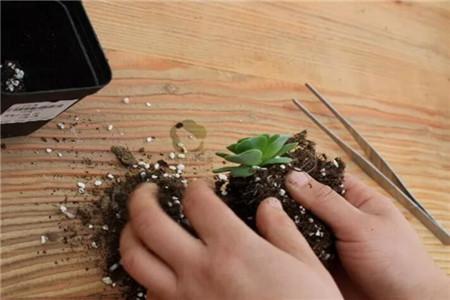
如何正确修根?
1、断水脱盆
修根前,先断水7天,待土壤快要干燥时,连土整颗挖出,将泥土小心清理干净。
2、修剪根系
保留健壮的主根系及长势良好的新根,适当修剪干枯根、腐烂根、白色毛细根、逆生根和过长根。修根时可以顺便将干枯的叶片清理掉。
3、洗根
修剪后,将根系放在稀释1000倍的多菌灵溶液中浸泡20分钟,杀菌消毒。
4、晾根
将修剪好的植株放在通风的散光处晾干1~2天,加快伤口愈合,防止扦插、移栽时,产生黑腐。
5、潮土上盆
选择疏松透气的营养土,喷湿成潮土,将晾干的植株重新移栽到盆里,此时处于服盆期,要避免直射光,移栽3~5天后再浇水。

1、减少病虫害感染
花养过一段时间,根系或多或少有问题,有腐根、有烂根、有枯根、老根,修剪后,能大大降低植株感染病虫害的几率。
2、老根不去,新根不出
老根生长缓慢、徒耗养分;吸收水分的毛细根干枯后也会抑制新根的生长,所以必须修根,修根后造成的伤口还会刺激植株,加快生根速度。

哪些情况下需要修根?
1、网购的裸根多肉要修根
网购的多肉、仙人球可能带有虫卵、霉菌等病害黏在根部或叶片,直接种植,容易感染家里别的花,必须要修根,但木本、草本花不用修根。
2、换盆移栽时要修根
换盆时,如果发现植株有干枯、腐烂的根系,就需要修根,以免影响后续生长。

如何正确修根?
1、断水脱盆
修根前,先断水7天,待土壤快要干燥时,连土整颗挖出,将泥土小心清理干净。
2、修剪根系
保留健壮的主根系及长势良好的新根,适当修剪干枯根、腐烂根、白色毛细根、逆生根和过长根。修根时可以顺便将干枯的叶片清理掉。
3、洗根
修剪后,将根系放在稀释1000倍的多菌灵溶液中浸泡20分钟,杀菌消毒。
4、晾根
将修剪好的植株放在通风的散光处晾干1~2天,加快伤口愈合,防止扦插、移栽时,产生黑腐。
5、潮土上盆
选择疏松透气的营养土,喷湿成潮土,将晾干的植株重新移栽到盆里,此时处于服盆期,要避免直射光,移栽3~5天后再浇水。

0
2


